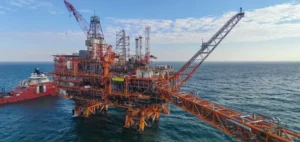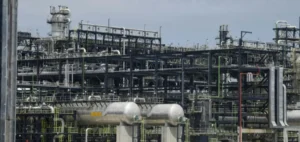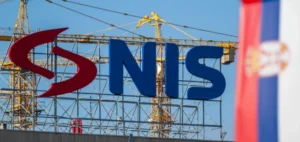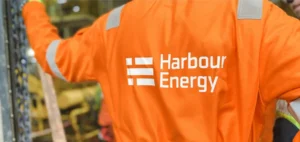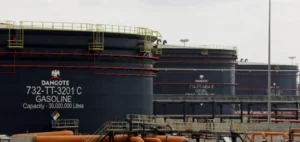The analysis published by the Oxford Energy Institute compares the performance of approaches based on following speculative flows with those based on countering extreme positioning. The study relies on the Commitments of Traders (COT) reports from the Intercontinental Exchange (ICE) and the Commodity Futures Trading Commission (CFTC), correlating them with the structure of the Brent and West Texas Intermediate curves. The results indicate that between 2022 and 2025, contrarian strategies consistently outperformed trend-following approaches, particularly during extended periods of contango.
Market Structure and Spread Dynamics
The Brent market remains in a contango structure, reflecting oversupply and profitable physical storage. Spreads between the first and sixth maturities show positive carry margins, favoring intermonth arbitrage over directional positions. Periods when Managed Money funds hold extreme long positions increasingly coincide with trend reversals. This correlation confirms that speculative overconcentration provides reliable inverse signals for industrial operators.
Weekly net positions reveal a longer information cycle between position taking and price movement. This structural latency explains the declining performance of “follow-the-flow” strategies. The study also highlights that implied volatility on Brent options has stabilized, reducing the value of breakout strategies and strengthening the potential for mean-reversion approaches.
Regulatory Framework and Operational Constraints
The Markets in Financial Instruments Directive II (MiFID II) and its Regulatory Technical Standards (RTS) govern algorithmic trading and require ex-ante robustness testing. These obligations limit directional risk-taking and strengthen quantitative approaches based on market neutrality. The CFTC, through its weekly COT publications, provides transparency but not in real time, reducing the effectiveness of high-frequency data-based strategies.
Logistical constraints resulting from international sanctions — notably the price cap mechanism on Russian oil imposed by the G7 coalition — have altered shipping routes and extended delivery times. These adjustments have widened regional differentials between crude grades, creating an environment favorable to short-term arbitrage. The Oxford Energy Institute notes that the proliferation of off-route flows has increased intraweek spread volatility, reinforcing the relevance of reactive and contrarian approaches.
Impact on Hedging and Risk Management Strategies
Producers and refiners are adapting their hedging policies to this new market regime. Preference is given to staggered positions with short maturities to reduce sensitivity to rapid trend reversals. Airlines use collar-type structures to limit exposure to fuel prices without tying up excessive liquidity. Trading desks integrate extreme COT thresholds into their models, combined with calendar spread filters to refine entry points.
The Oxford Energy Institute observes that capturing the Volatility Risk Premium (VRP) remains stable in a range-bound environment, unlike pure directional performance. Covered option-selling strategies on Brent or WTI allow traders to exploit lower realized volatility while maintaining controlled exposure. Successive production quota adjustments by the Organization of the Petroleum Exporting Countries Plus (OPEC+) help maintain a curve structure favorable to non-directional approaches.
Data Quality and Trading System Governance
The reliability of COT signals depends on accurate position reporting and proper conversion of options into equivalent futures contracts. Methodological differences between the CFTC and ICE require adjustments to ensure data comparability. Regulated environments demand complete traceability of algorithms, including documentation of stress scenarios and safety margins. Operators must demonstrate system resilience to liquidity variations, particularly during shifts in curve structure.
Trading desks using these signals develop models integrating the rotation of flows between systematic funds and physical players. Incorporating carrying costs, freight, and financing into backtests allows separation of signal alpha from structural carry returns. The Oxford Energy Institute study concludes that sustainable performance in the 2025 oil market depends less on price direction than on the ability to identify extreme positioning and exploit temporary curve imbalances.






